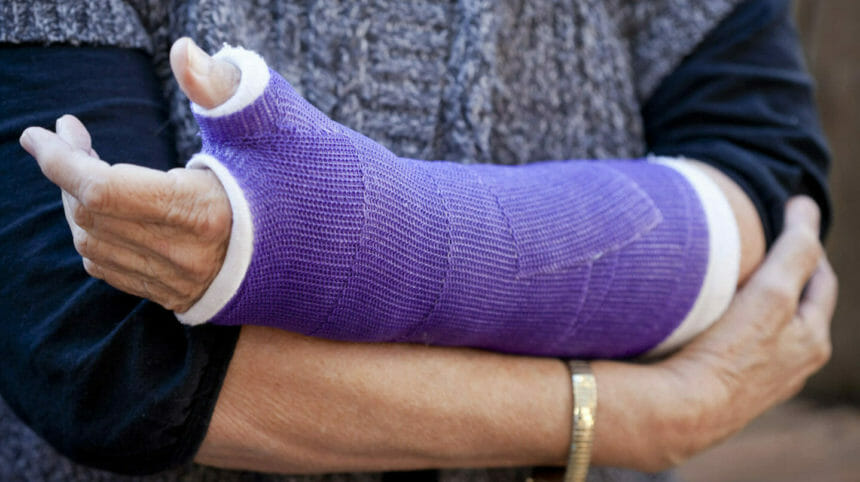
Bone health advocates have launched a pilot program that aims to increase the number of people treated for underlying osteoporosis after a fracture.
The National Osteoporosis Foundation, Medstar Health in Maryland and Atrium Health in North Carolina are collaborating to create what they call a post-fracture care pathway to help reduce the frequency of secondary fractures. Biopharmaceutical companies Amgen and UCB are supporting the program.
Currently, less than 20% of older women receive treatment for osteoporosis within six months following a fracture, according to NOF. This is despite the 15-year existence of the Fracture Liaison Service model of post-fracture care, which was developed to identify patients at risk of secondary fracture.
“Relatively few hospitals have successfully implemented this approach as a standard of care in the United States,” NOF reported.
Osteoporosis is currently treated by multiple specialties, and the collaboration will support an approach to post-fracture prevention and care coordination that ties these systems together, the participating organizations said in a statement.
The partnership also aims to develop and implement efficiencies, best-practice sharing across the program sites, and will create documentation and communication tools. It also will provide virtual and in-person mentorship and learning opportunities for healthcare providers, NOF said.
“With osteoporosis causing an estimated two million broken bones per year, we know osteoporosis-related bone breaks are responsible for significant human and financial costs,” said Claire Gill, chief executive officer, NOF. “There has never been a greater need for effective post-fracture prevention and care coordination programs.”
One in 2 women and up to 1 in 4 men over age 50 will break a bone due to osteoporosis in their lifetime. The total annual expense of providing care for osteoporotic fractures among Medicare beneficiaries, including direct medical costs as well as indirect societal costs, was estimated at $57 billion in 2018, according to NOF.




